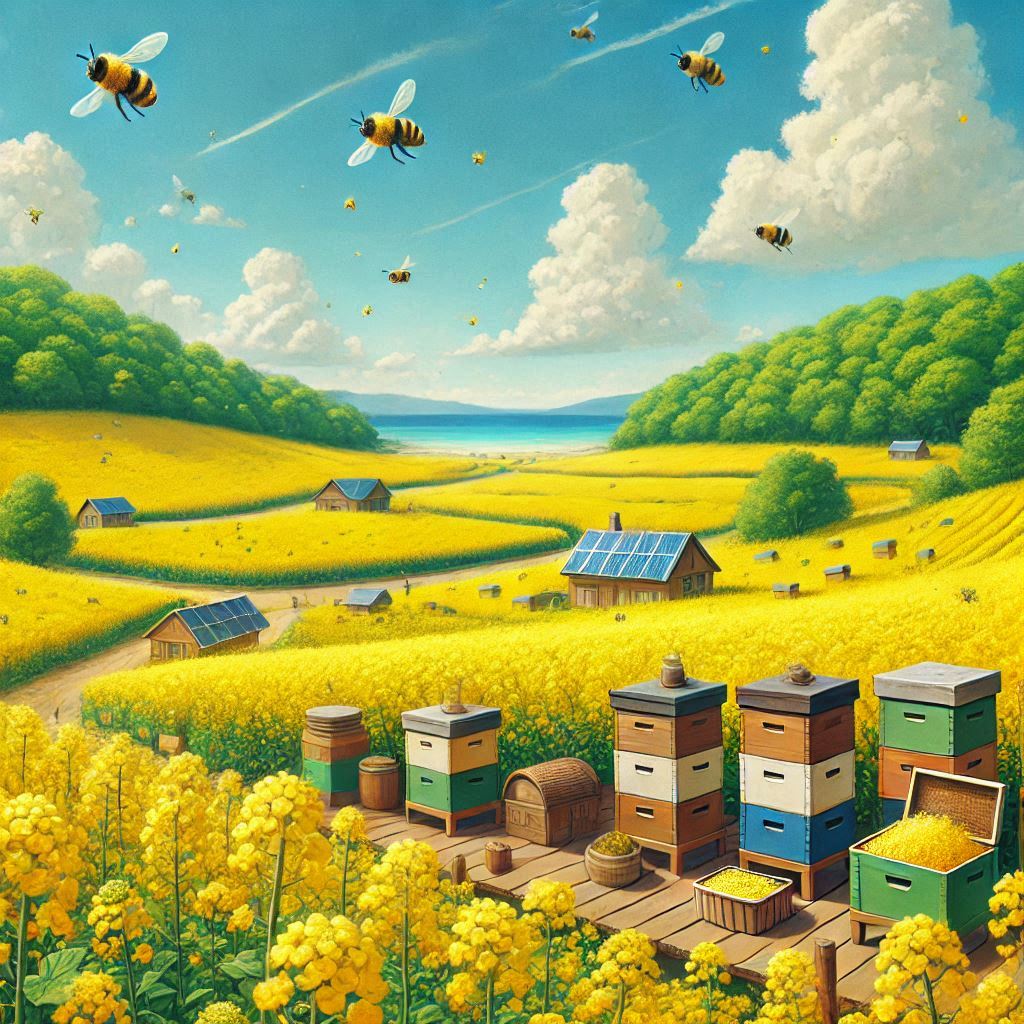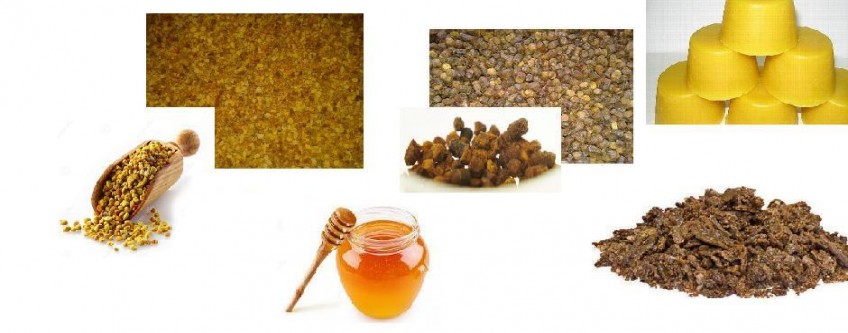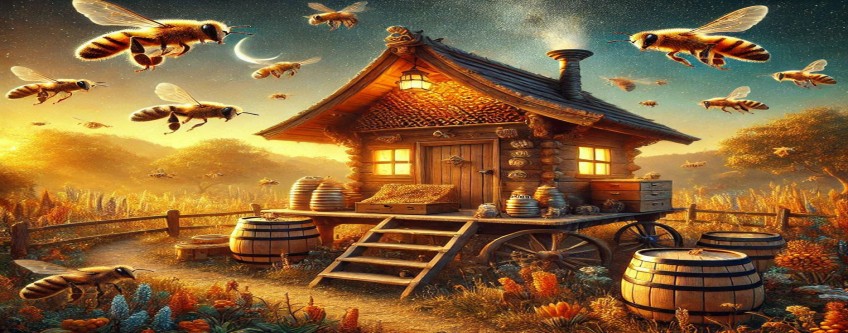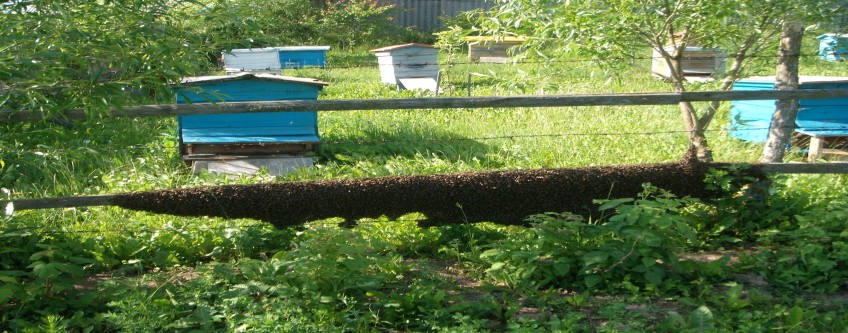Beekeeper's calendar, what to do in apiary » May

May
1.
During frosts, do not forget to insulate the bees, leaving the back plugs in the hive until the nests are fully expanded.
2.
Monitor for chalkbrood disease. If chalkbrood is detected, treat the bees, transfer them to another hive, and replace the queen.
3.
If the colonies are developing rapidly, to prevent swarming, limit the queen's work or transfer a few brood frames to a weaker colony.
4.
To prevent swarming, always give the bees work and space to store nectar:
• timely expand the nests and add supers,
• extract honey and provide foundation sheets for comb building.
1.
If you have pollen traps, place them on the hive entrances before the orchard bloom. Do not dry pollen in the sun.
2.
Ensure the bee waterers always have fresh water.
3.
After the orchard and dandelion bloom, extract the honey.
4.
If possible, move the bees to winter rapeseed fields or raspberry patches.
Orchard Honey Flow
May is the time for maple and orchard blooming. In May, the sycamore, ginnala, and Tatarian maples bloom. Beekeepers should consider growing these maples as they bloom during the orchard bloom, and the latter two even during nectar dearth periods. Maple nectar would significantly supplement the orchard honey flow. Additionally, maples would beautify the homestead and create a windbreak. They are suitable for planting on slopes and other uncultivated, unsuitable areas for crops.
Orchard blooming begins with the gooseberry bloom. A few days later, the highly nectariferous black currants bloom, followed by the yellowing dandelion fields. Therefore, it is crucial for beekeepers in spring, already in April, not to delay expanding the bee colonies and carefully plan where the bees will store nectar to avoid running out of space. This problem is easily solved in multi-story hives, where the queen's egg-laying can be restricted with a queen excluder, and an additional empty super can be placed under the super with unripe honey. It is more challenging with Dadant and horizontal hives if they have only one-story supers. In years like 2001 and 2002, these hive designs often ran out of space for nectar storage, leading to swarming.
For novice beekeepers planning to start beekeeping, it is advisable to acquire or make multi-story hives, which save a lot of time and reduce labor costs.
In May, attention should be paid to the performance of the queens. Poor-performing queens should be culled, and queens should be ordered in advance for replacement or for forming new colonies. This can be done at the beginning of June.
Is there anything else you need help with?


